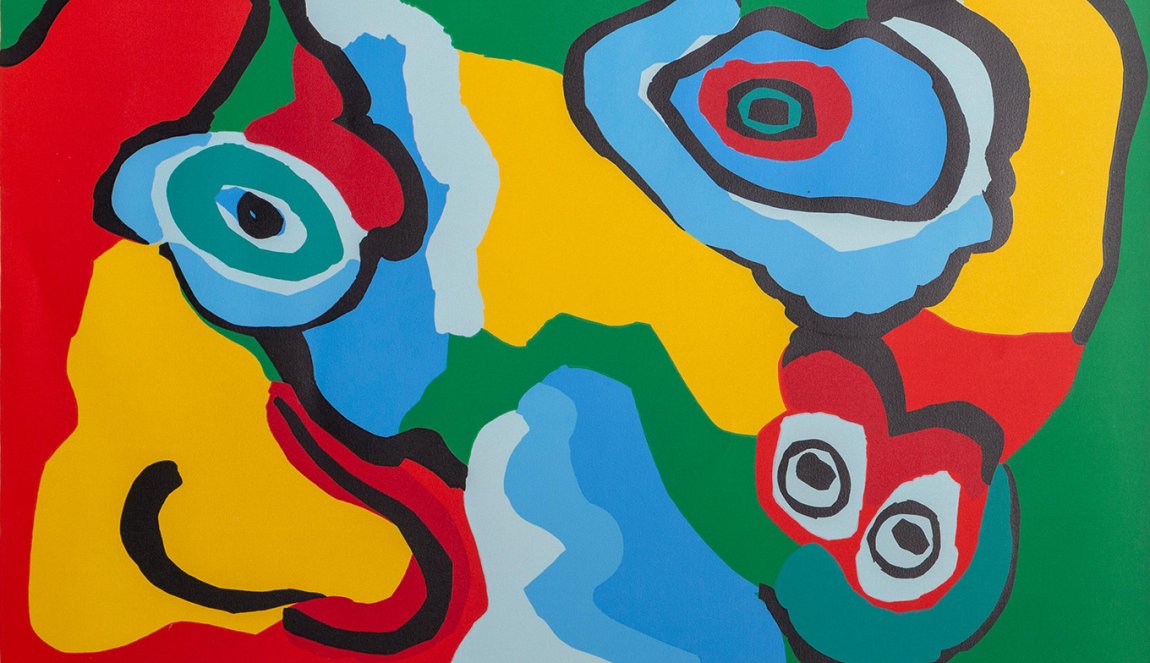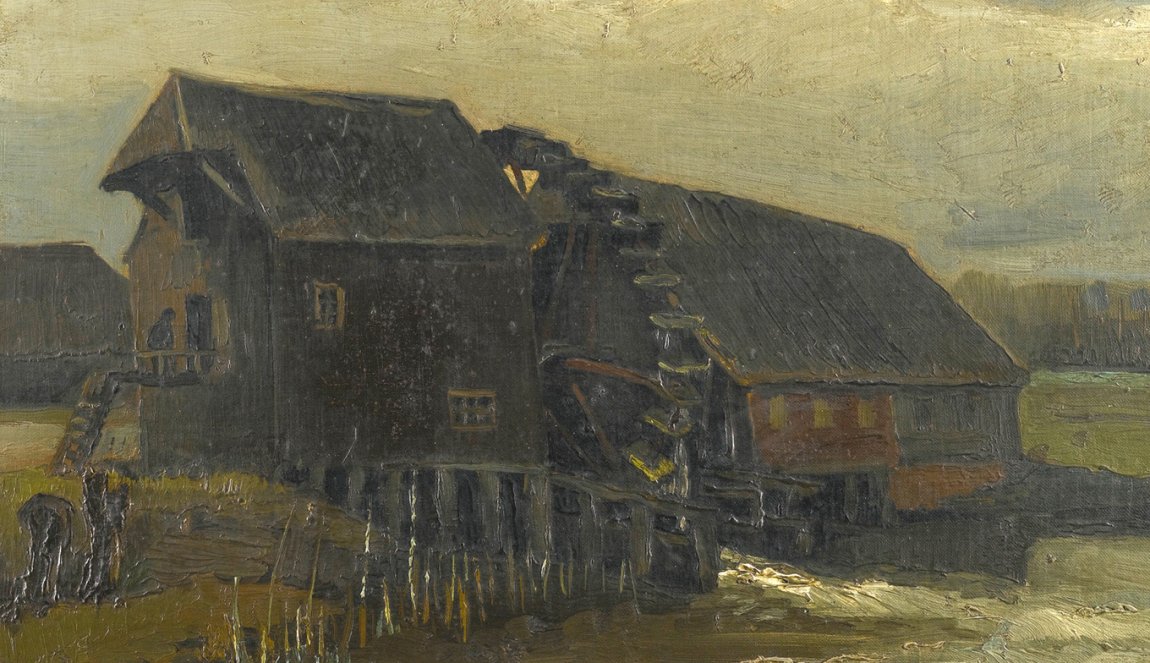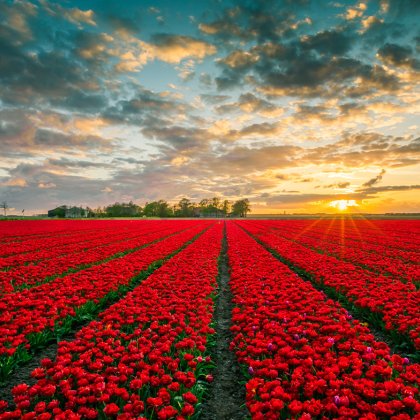
© Marjon Gemmeke via Kröller-Müller Museum
Painting
Unparalleled mastery
The greats of the world
Why are they called Dutch Masters?

© Ernst Wagensveld via NBTC
Dutch Era
Rise of the Dutch Masters
Invaluable
Van Gogh: the ultimate master?

© Daan Steijnen van Eck
Mondrian and De Stijl
Increasingly abstract
Visiting Mondriaan and Rietveld
A new ideal

© Anton Mauve
Undiscovered?
The Hague School and Breitner






















